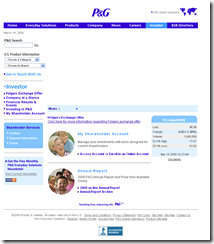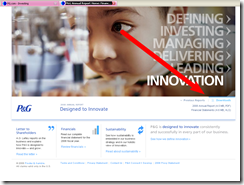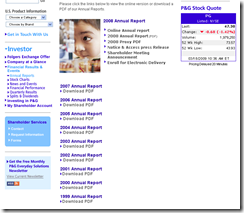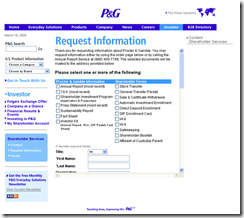![]() According to a new study called Green Factor (a joint program from Strategic Oxygen and Cohn & Wolfe), IT managers and executives believe that Dell is the greenest brand. 3,500 CIOs, and senior IT managers in 11 countries were given 26 enterprise IT brands to choose from and asked to select the greenest. Dell captured 30% of the votes. Hewlett Packard came in second place with 26% of the votes.
According to a new study called Green Factor (a joint program from Strategic Oxygen and Cohn & Wolfe), IT managers and executives believe that Dell is the greenest brand. 3,500 CIOs, and senior IT managers in 11 countries were given 26 enterprise IT brands to choose from and asked to select the greenest. Dell captured 30% of the votes. Hewlett Packard came in second place with 26% of the votes.
The more interesting part of the survey is the criteria that IT professionals used to evaluate companies in terms of their “green-ness.” According to the survey, IT professionals look for companies that have: [Read more…] about Dell Named Leading Green IT Brand





 Alerted by email from the
Alerted by email from the